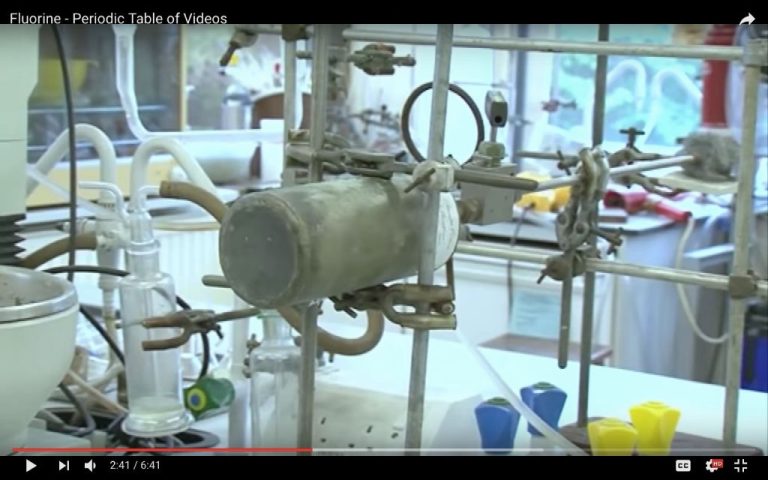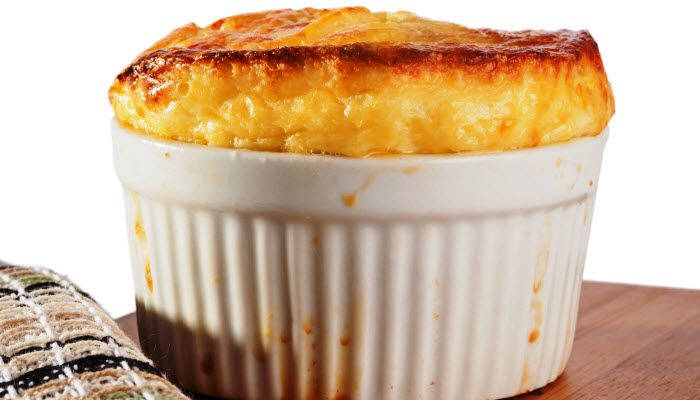What Is The Order Of The Yellow Tube Sponge?
The yellow tube sponge (Aplysina fistularis) is a vibrantly colored species of marine sponge found across the Caribbean Sea coral reefs. They belong to the order Verongida, a group of sponges unique for their lack of spicules and their possession of spongin fibers instead. They have soft tubular structures, bright yellow to orange coloring, and grow up to 3 feet in size. Yellow tube sponges play a key role as important filter feeders in coral reef environments. However, they also produce chemicals that protect the reef from predators, making them ecologically significant. Understanding their taxonomy and classification provides insight into their evolution and relationships with other sponges.
Sponges are a very primitive group of animals. They are simple multicellular organisms with no organs or tissues, and filter seawater for nutrients instead of eating food. Unlike most animals, sponges do not have nervous, digestive, or circulatory systems.
Sponges are filter feeders that pump water through their porous bodies to filter out tiny food particles. The water enters through pores in the body wall and exits through larger openings called oscula. As water passes through, flagellated cells called choanocytes capture bacteria and other microorganisms as food.
Yellow tube sponges, like all sponges, are sessile animals that attach to the ocean floor and remain fixed in one place. Their body consists of a stalk that anchors to the substrate, with a tubular structure rising up from the base. The tube has a large open cavity in the center, and is lined with choanocytes to pump water for filter feeding.
Yellow tube sponges get their vibrant color from symbiotic cyanobacteria that live within the tissue. The cyanobacteria photosynthesize and produce food that supplements the sponge’s filter feeding. This photosynthetic ability allows yellow tube sponges to thrive in shallow, well-lit waters.
Sponge Classification
Sponges are classified using the standard Linnaean taxonomy system of biological classification. This system was created by Carl Linnaeus in the 18th century and ranks organisms into a hierarchy based on shared characteristics. The main ranks in the Linnaean system from broadest to most specific are:
- Kingdom
- Phylum
- Class
- Order
- Family
- Genus
- Species
The phylum for sponges is Porifera. This phylum contains over 8,500 species which are divided into 3 distinct classes – Calcarea, Hexactinellida, and Demospongiae. The class Demospongiae contains around 90% of all known sponge species, including the yellow tube sponge. Demospongiae is further divided into orders, families, genera, and species based on additional shared traits between subgroups of sponges. Understanding this hierarchical classification system allows scientists to categorize sponges based on their evolutionary relationships and similarities.
Demospongiae
The yellow tube sponge belongs to the class Demospongiae. This is the largest class within the phylum Porifera, containing over 8,800 of the approximately 9,000 known sponge species [1]. Members of this class are characterized by having siliceous spicules in their tissues for structural support, but lacking any six-rayed (hexactine) spicules [2]. They exhibit a wide range of body forms, colors, and sizes – ranging from small encrusting species to large irregular masses over 1 meter across [3]. Demospongiae sponges play important ecological roles, providing microhabitats for many marine organisms and filtering large volumes of water.
Order Verongida
Yellow tube sponges belong to the order Verongida, which is part of the class Demospongiae and phylum Porifera. Verongida is characterized by sponges that have a skeleton made of spongin fiber rather than spicules. The tubes or vases of verongids are composed of tightly packed spongin fibers. Their choanocyte chambers are small and irregularly clustered.
Some key features that define the Verongida order include:
- Lack siliceous spicules in the mesohyl (“skeleton” composed of spongin fibers)
- Tubes are composed of a rigid network of pure spongin fibers cemented together.
- Choanocyte chambers are small and irregularly clustered.
- Have a leathery or compressible texture.
- Often bright yellow in color.

This fibrous skeletal composition gives verongid sponges flexibility while still being quite tough and durable. It allows them to form unique branching structures. Well-known families in Verongida include Aplysinidae, Aplysinellidae, and Ianthellidae which all include brightly colored tropical tube sponges.
Other Verongida Families
Besides the Aplysinidae family that includes the yellow tube sponge, there are several other families that make up the order Verongida:
The Aplysinellidae family consists of sponges with a massive or tubular growth form and a soft, compressible texture. They contain secondary metabolites like bromotyrosine-derived alkaloids that may serve as chemical defenses against predators. Some examples of genera in this family include Aplysinella, Dorlodotia, and Tympanyctus 1.
Sponges in the family Pseudoceratinidae have a tubular or lamellate structure with a coarse fiber skeleton. They are found in shallow tropical waters and produce a variety of sterol compounds. This family includes genera such as Carteriospongia, Pseudoceratina, and Spongia 2.
The Ianthellidae family consists of brightly colored sponges found on coral reefs. They have a soft, compressible texture and large, specialized cells called ianthells. Genera in this family include Aiolochroia, Hexadella, and the type genus Ianthella 3.
Yellow Tube Sponge Family
The yellow tube sponge belongs to the family Aplysinidae, in the order Verongiida [1][2]. This family consists of sponges that are either shaped like fans or clubs. The Aplysinidae family contains three genera – Aplysina, Pseudoceratina, and Verongula [1].
A unique trait of the Aplysinidae family is that they produce brominated alkaloids, which likely serve as chemical defenses against predators. The chemicals produced give these sponges their characteristic yellow coloration [1]. Another distinguishing feature is the skeletal structure – Aplysinidae sponges have a reticulate skeletal network with a paucity of spongin fibers [3].
Species
There are a few key species of yellow tube sponges found around coral reefs:
Aplysina fistularis – This is the most common and widespread species of yellow tube sponge. It has a bright yellow color and long, finger-like tubes. A. fistularis is found throughout the Caribbean Sea and Gulf of Mexico at depths of up to 100 feet. It can grow over 3 feet tall. This species secretes a toxic compound called fistularin which deters predation and fouling [1].
Aplysina archeri – Also known as the redwood tube sponge, this species has a more orange or reddish coloration. It has stout, conical tubes and is generally smaller than A. fistularis, growing up to 20 inches tall. A. archeri is found in parts of the Caribbean at depths of 15-100 feet [2].
Aplysina cauliformis – The mushroom tube sponge has a brownish exterior and a bright yellow interior. As its name suggests, it has a mushroom-shaped structure up to 16 inches wide. This species secretes a chemical defense called aeroplysinin-1. A. cauliformis occurs throughout the Caribbean at depths around 100 feet [3].
Despite some variation in size, structure and chemical defenses, all these tube sponges play an important ecological role as filter feeders in coral reef environments.
Habitat and Distribution
Yellow tube sponges are found in tropical and subtropical waters around the world, primarily living on coral reefs (Oceana, n.d.). They typically grow in areas with moderate water flow and high light availability, attached to hard substrates like rock or dead coral at depths of 10-100 feet (UWI, n.d.).
In the Caribbean Sea, yellow tube sponges are especially abundant. They are commonly seen along the reefs of the Florida Keys, Bahamas, Belize Barrier Reef, and other areas with coral reef ecosystems (Wikipedia, n.d.). The tubes provide habitat for a variety of reef creatures including crabs, shrimp, and reef fish.
While yellow tube sponges can tolerate a range of conditions, they thrive best in clear, shallow reef environments with normal salinity, oxygenated water, and ambient temperatures between 72-86°F. Drastic changes in these environmental factors can negatively impact their health and survival (Oceana, n.d.).
Conclusion
To recap, the yellow tube sponge belongs to the order Verongida, which are sponges that have a skeleton made of spongin fibers without siliceous spicules. More specifically, the yellow tube sponge is classified in the family Aplysinidae. Further classification places it in the genus Aplysina, and it is known scientifically as Aplysina fistularis.
There is still much unknown about yellow tube sponges and their ecological roles in coral reef environments. Areas for future research include studying their symbiotic relationships with photosynthetic algae, defensive chemicals against predators, and benefits to nearby reef organisms. Additional genetics research could also reveal more about the evolutionary history of this unique order of sponges.




